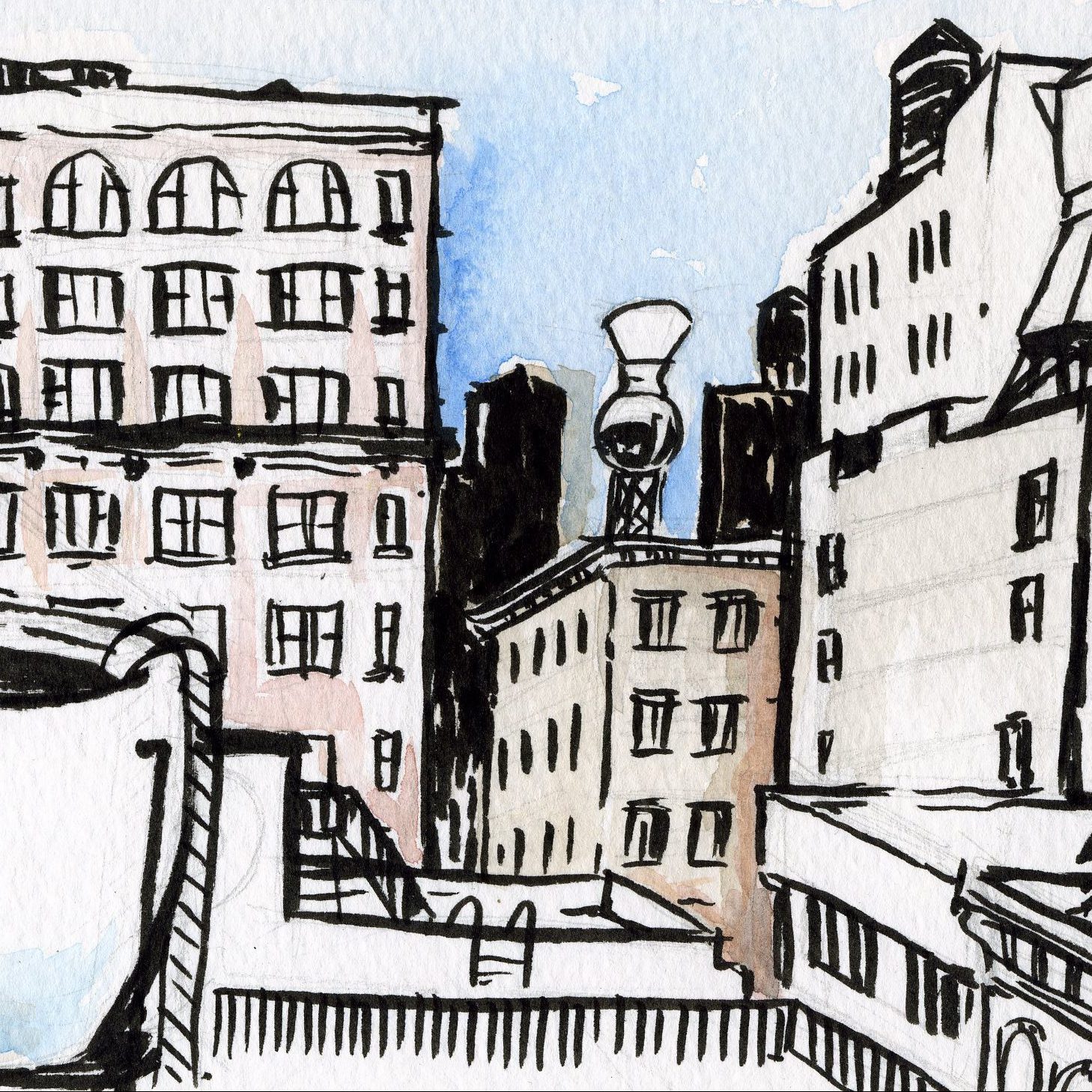-
To speak of coffee is to speak of waves.
 Even when you are drinking the average small cup of drip coffee from a local coffee shop, you are a part of third wave coffee.
Even when you are drinking the average small cup of drip coffee from a local coffee shop, you are a part of third wave coffee.
The third wave is a response against Starbucks. Starbucks provided us with a space to congregate, a community space. Right when America’s church attendance slowed, when everyone dropped their bowling league in favor of home theater and surround sound speakers, right when America needed some place to meet-up, Starbucks expanded at the rate of one store a day in the mid-nineties. Starbucks brought European coffee culture to America, to its cities and to its interstates.
Second wave coffee: Bitter and Everywhere
This is great news for coffee enthusiasts, but in order to scale up and give America the coffee shop experience, Starbucks broke some of the basic love-rules of coffee. They burnt the beans: way past the second crack in the roasting process. These beans were so burnt-bitter that sugar and cream became necessary to make the drinks palatable. The good stuff–the body, the sweetness, the aftertaste, the complexity– died in the excessive roasting that Starbucks subjected its beans to at its roasting plants.
Third wave coffee is about roasting the coffee just enough to develop its complexity and stopping the roasting process before the bitterness appears. This is often the difference you can taste in a local coffee shop’s brew. Also, rather than buy beans indiscriminately and burning them past the recognition of their origin, third wave coffee is about identifying quality beans from specific farmers and specific regions.
The third wave: smaller batched, more personally sourced and carefully roasted
Third wave coffee treats coffee as the produce that it is; just like your apples and bananas, quality is all about nurturing the plant, timing and honoring the expiration. Second wave coffee beans grow stale on the shelf and are made palatable by the addition of cream and sugar. Third wave coffee develops over the first couple of days of roasting into a complex flavor profile and then is tossed once it’s expired–in about two weeks.
The first wave: Coffee on the Shelves
Before Starbucks, the coffee wars were fought on the grocery store shelves–Folgers and Maxwell house, vacuum cans and bricks. Coffee was always stale, always ground–accelerating its staleness. America’s coffee consumption flourished in large pots brewed and then simmering on a hot plate. This is the root of contemporary American coffee. The first wave. Coffee was consistent, stale and coffee drinkers loyalty was nurtured by advertising campaigns. The ad-myths of Juan Valdez, Good to the Last Drop, and the Best Part of Waking Up solidified America’s love of coffee even if it left them without much depth of flavor.

Leave a comment